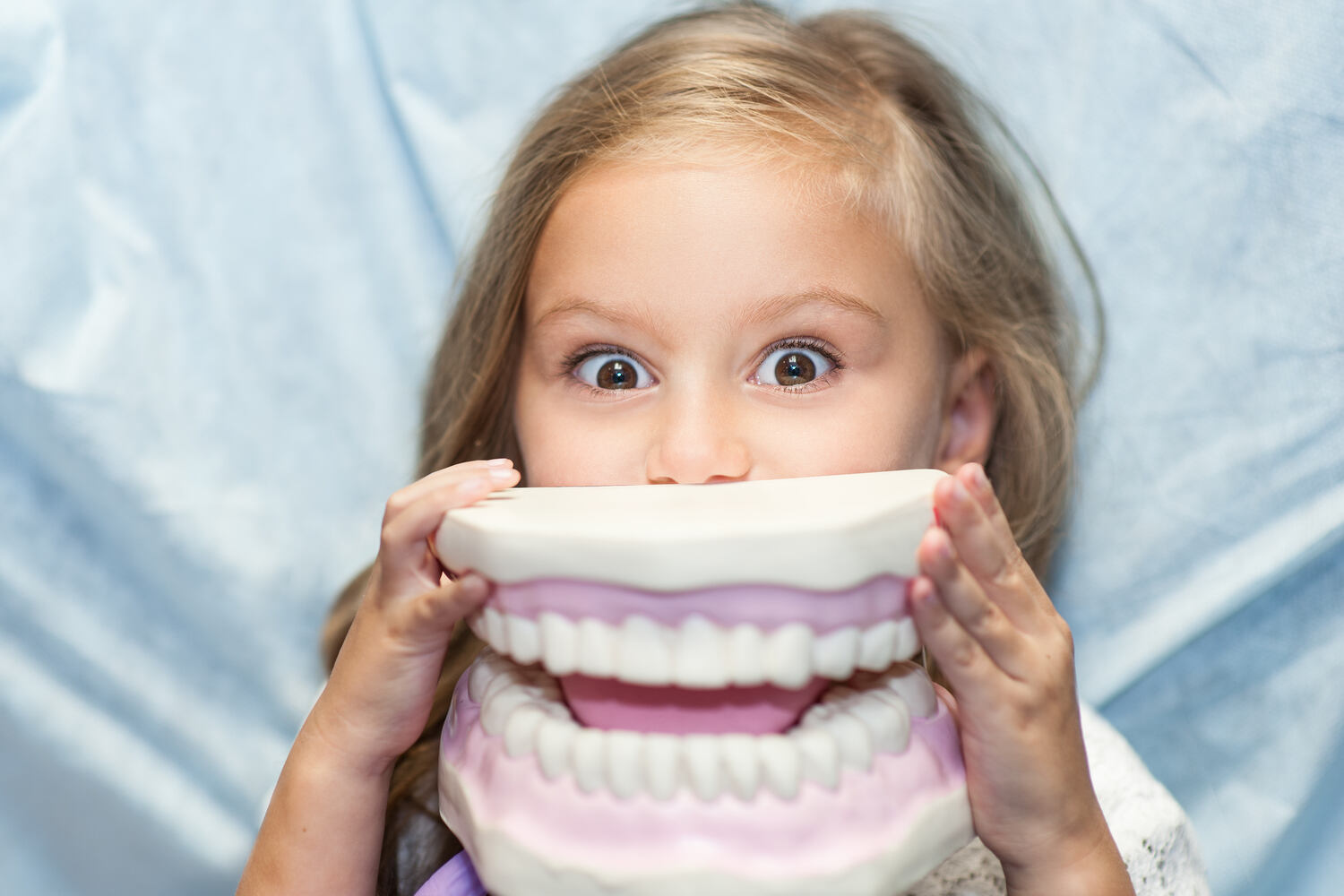
Toddler tooth decay treatment is required if your little one has cavities. Tooth decay is the most anticipated oral problem among toddlers. It is the breakdown or destruction of the enamel (outer hard layer of the tooth) surface of the teeth. Unfortunately, tooth decay is very common in toddlers (known as early childhood caries- ECC), and to make matters worse, caries in the early years are the most aggressive (1). When left untreated, it can rapidly destroy the entire teeth and can lead to infections that may become medical emergencies.
According to a study, the highest prevalence of tooth decay in toddlers in most developed countries is between 1 to 12% (2). There could be several reasons that can be attributed to the development of tooth decay in toddlers. But the good thing is that tooth decay in a toddler is preventable. Read on to find out more about tooth decay in toddlers, and toddler tooth decay treatment.
In This Article
- Early Signs of Tooth Decay in Toddlers
- Causes of Tooth Decay in Toddlers
- Toddler Tooth Decay Treatment Options
- What to do When Toddler Has a Cavity?
- FAQ’s
Early Signs of Tooth Decay in Toddlers
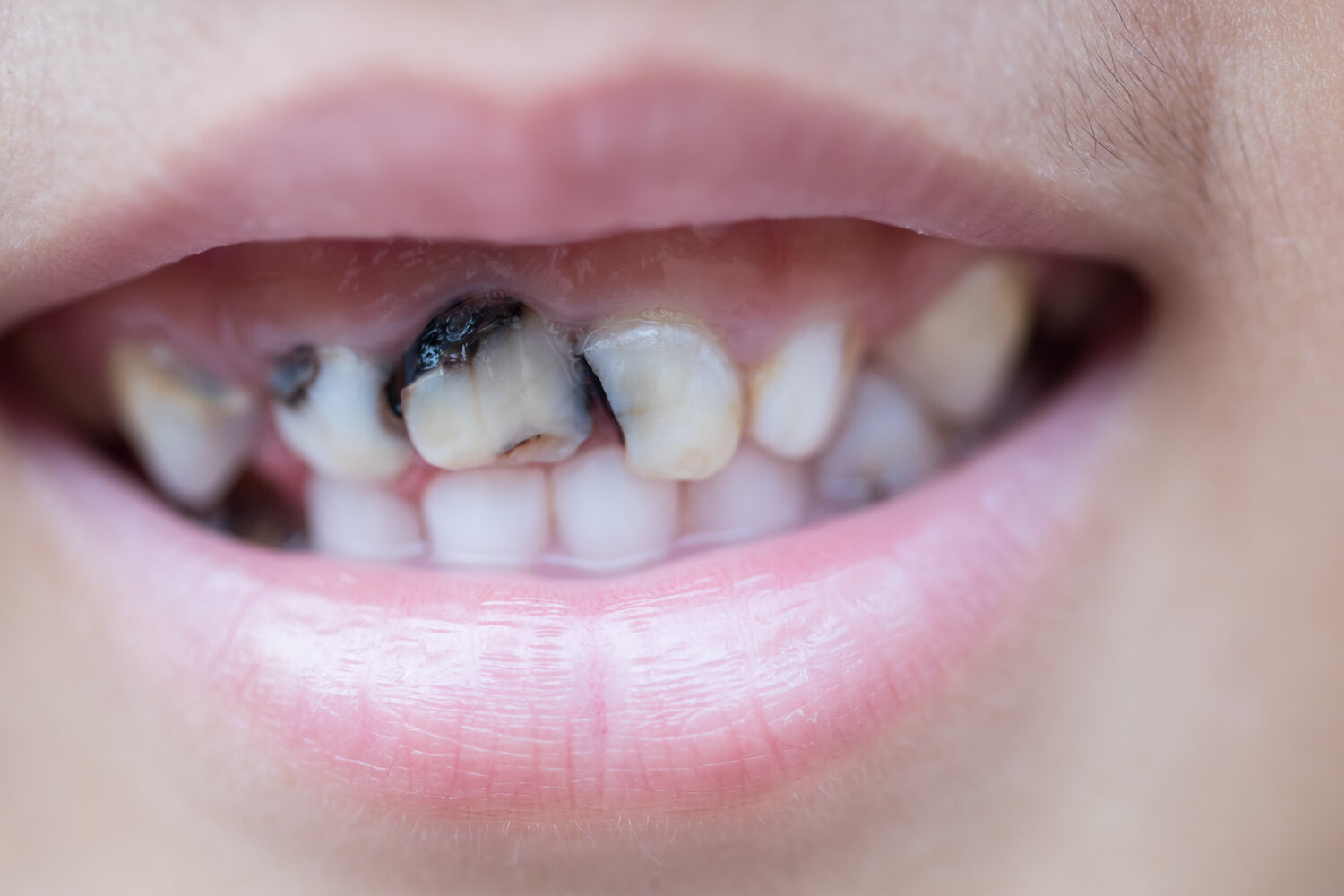
Tooth decay in toddlers is a common oral problem that should not be ignored. Almost 50% of children would have at least one tooth decay by the end of the toddler stage. This should not be overlooked or ignored by parents, since healthy primary teeth may play a crucial role in the healthy eruption of permanent teeth (3). Thus it is essential to know the early signs of tooth decay in toddlers (4a) to seek dental care at the right time. These include-
- Initial stage: A dull white speck on the tooth surface near the gum line
- Progressive stage: Presence of yellow or brown band of tooth discoloration near the gums
- Advanced stage: Brownish-black spots on the tooth surface with prominent cavities that may involve the pulp causing pain, and tooth sensitivity
Causes of Tooth Decay in Toddlers
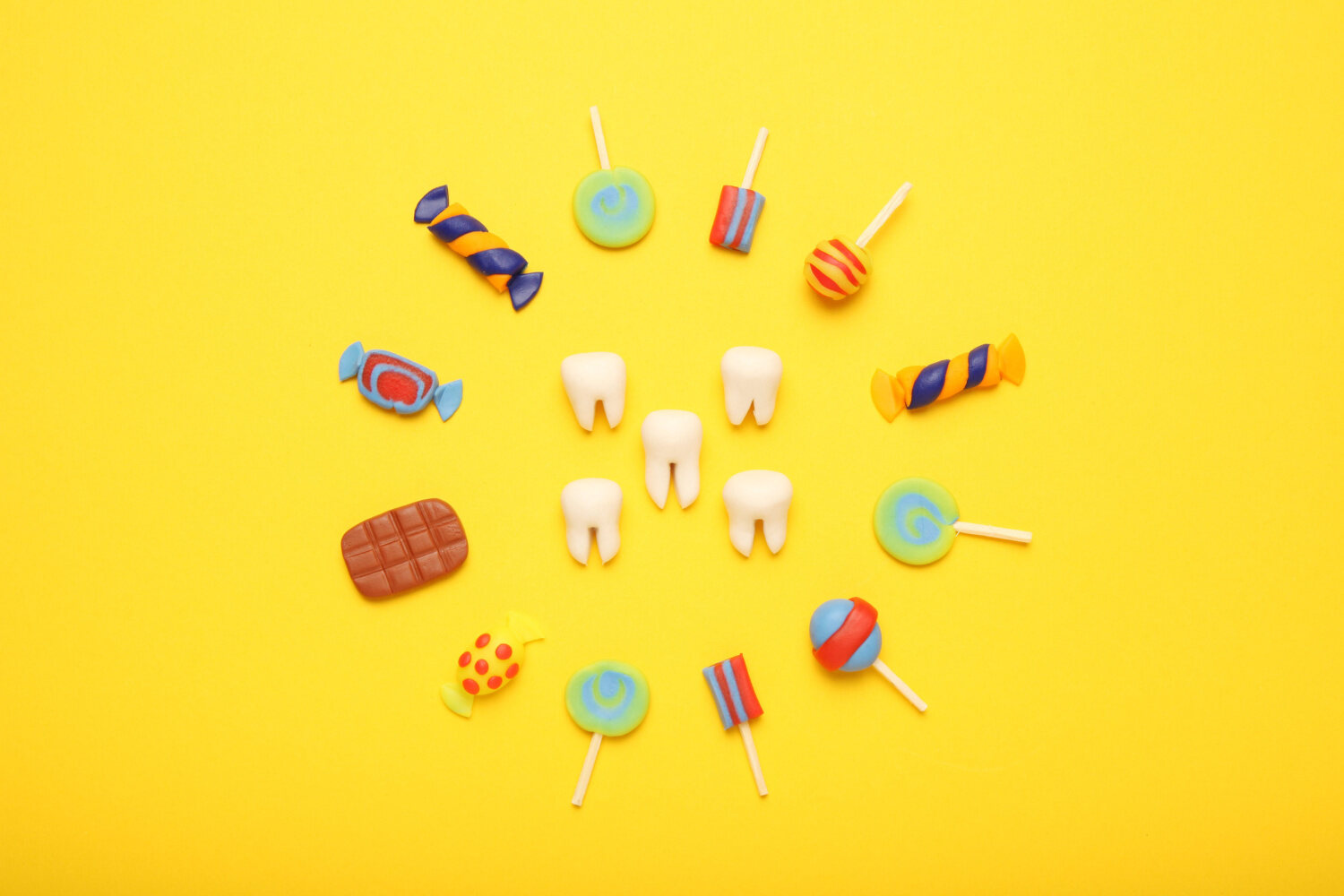
The most classic causes of tooth decay in toddlers are- plaque, poor oral hygiene, and excess sugar consumption! Toddlers are more prone to tooth decay since they have thinner and more sensitive enamel layers than permanent teeth. Oral hygiene can be challenging for young toddlers unless parents intervene and guide them (4b).
The streptococcus strains of bacteria are the common culprits that pave the way for excess plaque formation. Bacteria in toddlers is easily spread through direct transmission through saliva (5a). Furthermore, prolonged breastfeeding and the use of sippy cups while falling asleep can also increase your toddler’s susceptibility to tooth decay (5b).
Toddler Tooth Decay Treatment Options
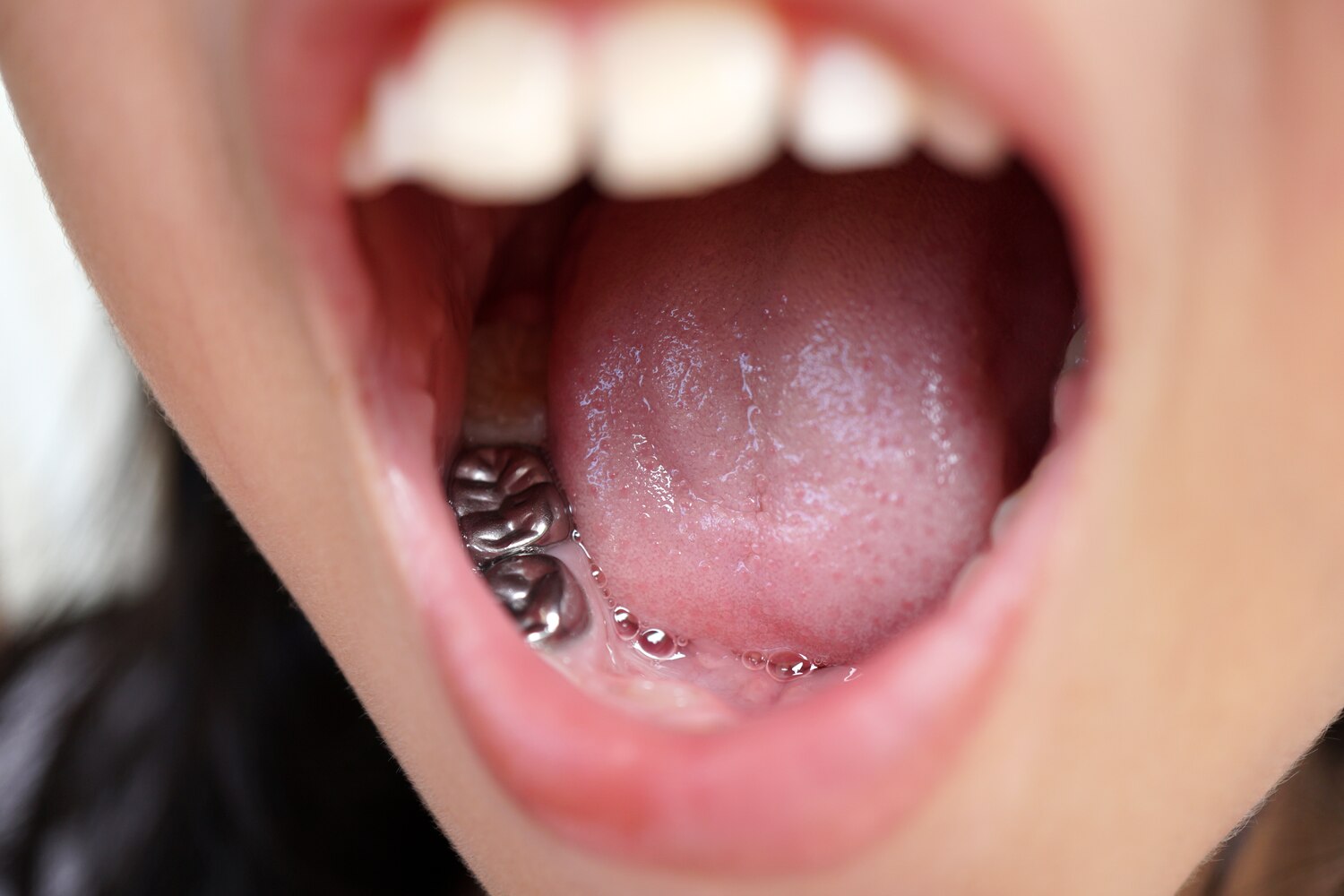
The treatment of tooth decay also depends on the severity of the decay and the other conditions and circumstances of the child. Go through the list of a few dental treatments (4c)-
- Fluoride treatments—This treatment is given when the decay is at its early stage and appears by collapsing the protective enamel outer surface of the tooth. In this treatment, a dentist gives the brushing of fluoride varnish, gel, or foam to protect from tooth decay.
- Filling—In this method, the tooth-colored filling is used as a treatment. In this process, the dentist first removes the decay and then does the tooth-colored filling.
- Pulp capping procedure—This treatment is effective when the decay is more moderate to severe and is close to the pulp (nerve). In this surgery, the pulp capping procedure is given first before the filling is placed.
- Pulpotomy procedure—In this process first remove the infected pulp and place the stainless steel tooth or colored tooth
- Porcelain/tooth-colored or primary stainless steel crowns—In the case of extensive decay, the dentist drills out the decay part, fills the tooth, and then covers the tooth with the cap
- Root Canal—It is an extreme case of decay, the dentist removes the decayed inner pulp, and then fills medication into the root canal to heal any infection. Once the condition of the tooth is stable, the dentist completely restores the tooth by replacing the eliminated pulp with a filling.
- Extraction—In this treatment, the decay is so serious that removal is the only option left with the dentist.
What to do When Toddler Has a Cavity?
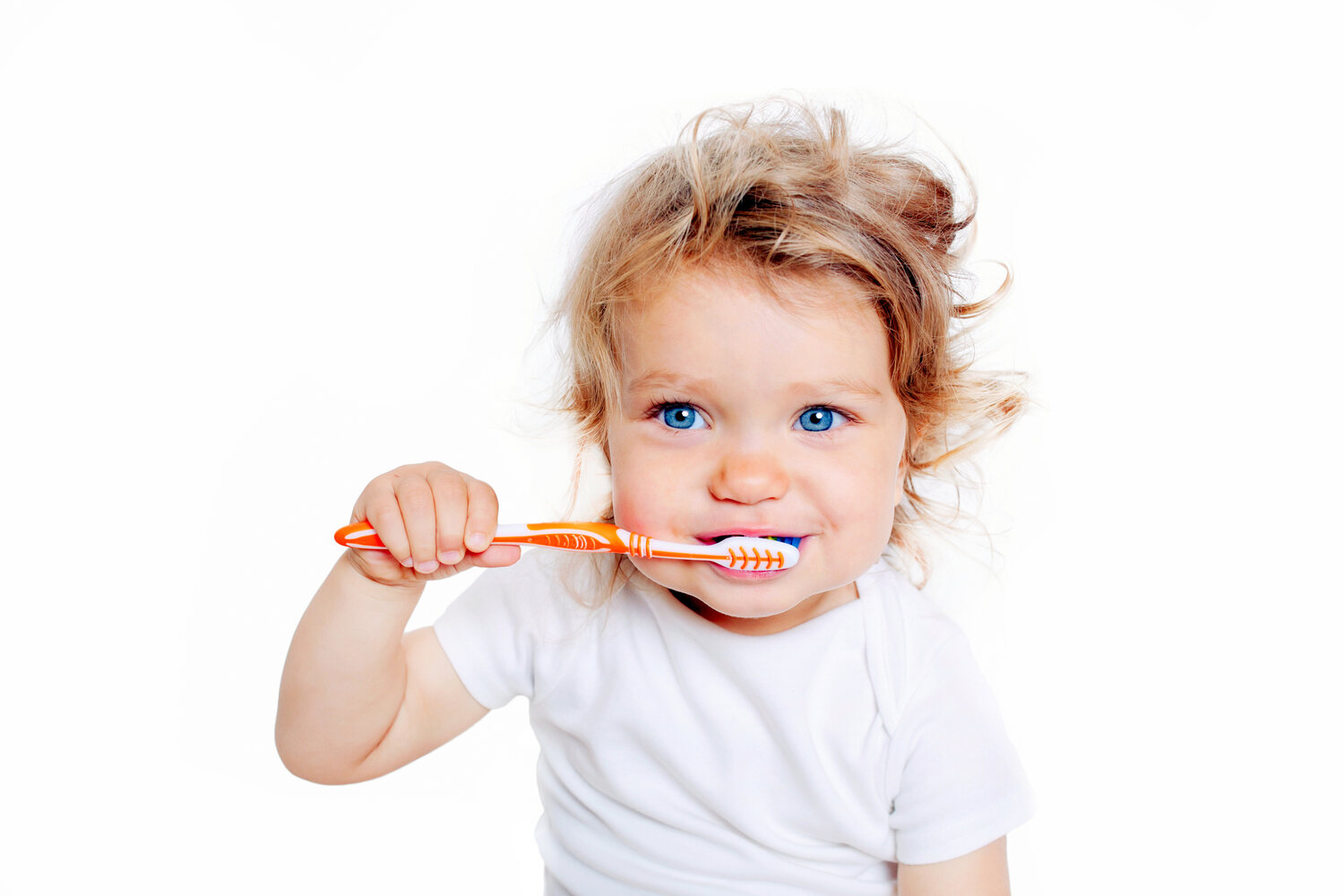
As a parent, it is important to know and identify the signs of tooth decay in your little tot. It is essential to schedule an appointment with your dentist who can help you educate well about the tips to prevent and stop the existing tooth decay progression. All you have to do when your toddler has a cavity is-
- Guide them, or brush their teeth twice daily using a low-fluoride toothpaste
- Floss their teeth if they cooperate
- Encourage them to visit the dentist with you
- Limit unhealthy sugary foods and drinks
- Avoid snacking in between meals
- Avoid giving them junk foods
- Always clean their teeth after every meal
- Be a role model and set an example for them by following a healthy oral routine every day
Baby teeth are temporary, but they are equally important. Poor oral hygiene, prolonged breast or bottle feeding, and excess sugar consumption can all increase your tot’s risk of tooth decay. Fortunately, tooth decay is easily preventable and treatable if detected early. Some of the toddler tooth decay treatment are – fluorides, composite fillings, and root canal treatments. Remember to take your toddler to the dentist every six months for regular oral exams, and cleanings. Healthy teeth are crucial prerequisites to a healthy body, and mind in kids!
FAQ’s
1. Can Toddler Rotten Teeth be Fixed?
Yes, your toddler’s rotten teeth can be fixed by a dentist. The treatment depends on the extent of decay (caries). Mild to moderate caries can be fixed through regular dental fillings, while severe tooth decay requires extensive procedures like root canal treatment (pulpotomy or pulpectomy).
2. Is Tooth Decay Normal in Toddlers?
Every child is at risk of tooth decay irrespective of their age. It is normal for toddlers to suffer from tooth decay owing to the thinner enamel layer of primary teeth, poor oral hygiene, and unhealthy eating habits.
3. How do Dentists Fix Cavities in Toddlers?
If your toddler has small or mild cavities, the dentist can drill out the rotten part and fill it with a dental composite. However, deeper cavities with pulp involvement may require advanced procedures like root canal therapy, and dental crowns to seal the affected tooth.
4. Can 3-Year-Olds Get Fillings?
Yes, a 3-year-old can get fillings. Dentists offer fillings even to kids younger than 2 or 1 year old. The decayed part of the tooth is removed and replaced with a tooth-colored dental filling.
5. Do Milk Teeth Need Fillings?
Yes, milk (baby or primary) teeth need fillings as much as permanent teeth require. It is essential to treat tooth decay since untreated cavities can lead to severe dental infection resulting in pain and discomfort. Ignoring the tooth decay completely can result in tooth loss. This can greatly hamper the eruption of the permanent teeth leading to bite and alignment problems in the future.
6. Can Rotting Baby Teeth Affect Permanent Teeth?
Yes, rotten baby teeth can adversely affect permanent teeth. If left untreated the infection can spread into the deeper layers of the tooth, affecting the underlying bone. It can result in an acidic environment, resulting in damage to the permanent teeth, including issues with alignment, enamel, and color.
7. Do Dentists Remove Milk Teeth?
Yes, in some cases dentists do remove milk teeth. Reasons like severe tooth decay, and dental trauma may require extractions when other treatments fail to save the damaged or diseased tooth. However, it is essential to maintain spacing until the permanent teeth erupt properly on its path.
References
- Early childhood caries update: A review of causes, diagnoses, and treatments – [https://www.ncbi.nlm.nih.gov/pmc/articles/PMC3633299/]
- Early Childhood Caries: Prevalence, Risk Factors, and Prevention – [https://www.ncbi.nlm.nih.gov/pmc/articles/PMC5514393/]
- Dental caries in primary and permanent teeth in children’s worldwide, 1995 to 2019: a systematic review and meta-analysis – [https://www.ncbi.nlm.nih.gov/pmc/articles/PMC7541284/]
- Tooth decay: Overview – [https://www.ncbi.nlm.nih.gov/books/NBK279514/]
- Early Childhood Caries – [https://www.ncbi.nlm.nih.gov/books/NBK535349/]

